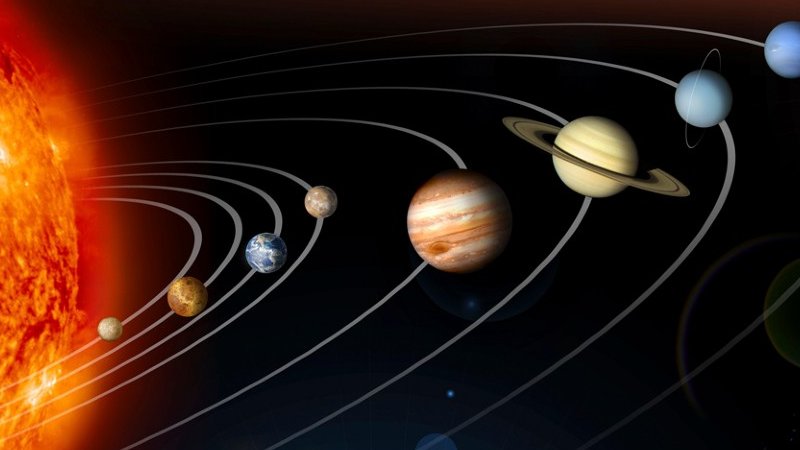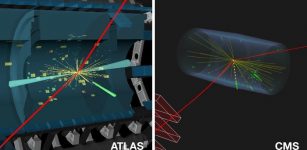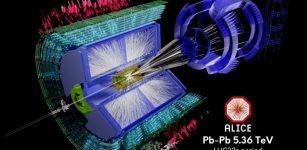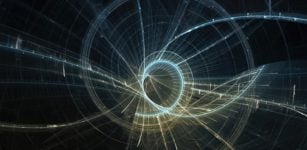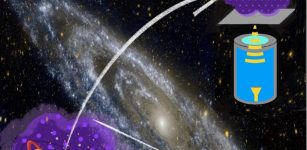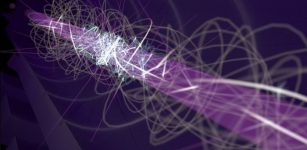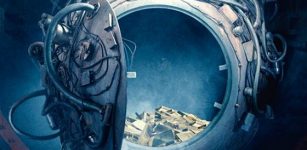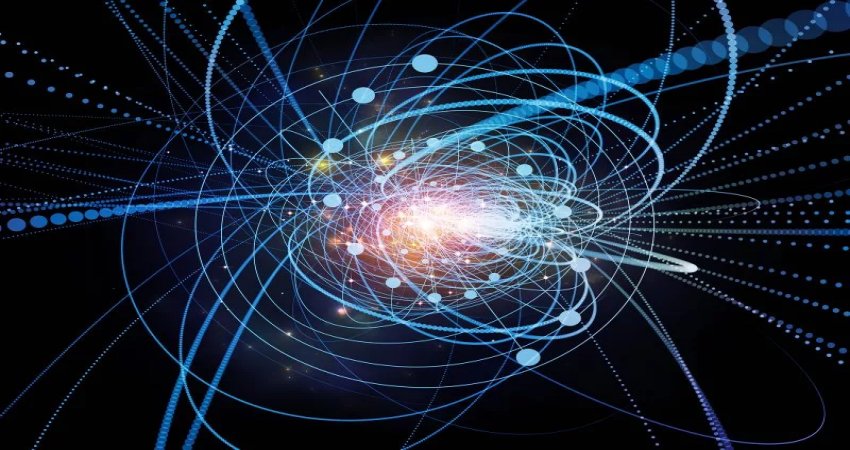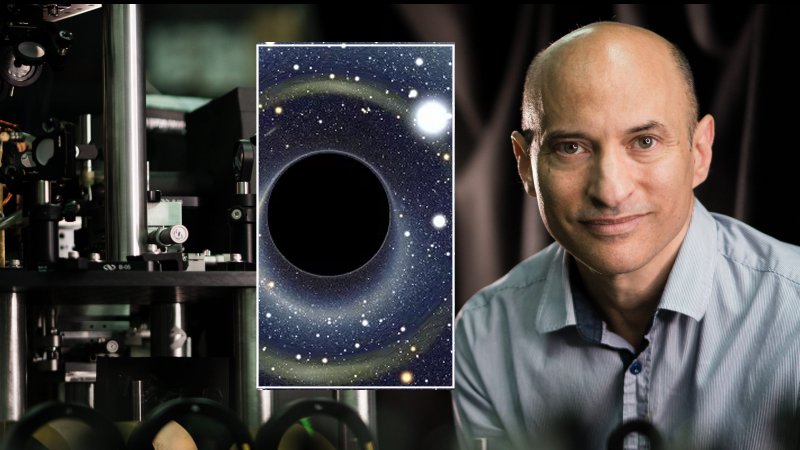New Computer Algorithm That Accurately Predicts Orbits Of Planets In The Solar System
Eddie Gonzales Jr. – MessageToEagle.com – A novel computer algorithm that accurately predicts the orbits of planets in the solar system has been devised by a scientist at the U.S. Department of Energy’s (DOE) Princeton Plasma Physics Laboratory (PPPL), applies machine learning, the form of artificial intelligence (AI) that learns from experience, to develop the predictions.
The algorithm could be adapted to better predict and control the behavior of the plasma that fuels fusion facilities designed to harvest on Earth the fusion energy that powers the sun and stars.
“Usually in physics, you make observations, create a theory based on those observations, and then use that theory to predict new observations,” said PPPL physicist Hong Qin, author of a paper. said in a press release.
“What I’m doing is replacing this process with a type of black box that can produce accurate predictions without using a traditional theory or law.”
Qin created a computer program into which he fed data from past observations of the orbits of Mercury, Venus, Earth, Mars, Jupiter, and the dwarf planet Ceres.
Along with an additional program known as a ‘serving algorithm,’ then made accurate predictions of the orbits of other planets in the solar system without using Newton’s laws of motion and gravitation.
“Essentially, I bypassed all the fundamental ingredients of physics. I go directly from data to data,” Qin said. “There is no law of physics in the middle.”
The program does not happen upon accurate predictions by accident.
“Hong taught the program the underlying principle used by nature to determine the dynamics of any physical system,” said Joshua Burby, a physicist at the DOE’s Los Alamos National Laboratory who earned his Ph.D. at Princeton under Qin’s mentorship. “The payoff is that the network learns the laws of planetary motion after witnessing very few training examples. In other words, his code really ‘learns’ the laws of physics.”
Qin and Eric Palmerduca, a graduate student in the Princeton University Program in Plasma Physics are now developing ways to use discrete field theories to predict the behavior of particles of plasma in fusion experiments conducted by scientists around the world.
The most widely used fusion facilities are doughnut-shaped tokamaks that confine the plasma in powerful magnetic fields.
Fusion, the power that drives the sun and stars, combines light elements in the form of plasma—the hot, charged state of matter composed of free electrons and atomic nuclei that represents 99% of the visible universe—to generate massive amounts of energy. Scientists are seeking to replicate fusion on Earth for a virtually inexhaustible supply of power to generate electricity.
“In a magnetic fusion device, the dynamics of plasmas are complex and multi-scale, and the effective governing laws or computational models for a particular physical process that we are interested in are not always clear,” Qin said. “In these scenarios, we can apply the machine learning technique that I developed to create a discrete field theory and then apply this discrete field theory to understand and predict new experimental observations.”
This process opens up questions about the nature of science itself. Don’t scientists want to develop physics theories that explain the world, instead of simply amassing data? Aren’t theories fundamental to physics and necessary to explain and understand phenomena?
Machine learning could also open up possibilities for more research. “It significantly broadens the scope of problems that you can tackle because all you need to get going is data,” Palmerduca said.
The technique could also lead to the development of a traditional physical theory. “While in some sense this method precludes the need of such a theory, it can also be viewed as a path toward one,” Palmerduca said.
“When you’re trying to deduce a theory, you’d like to have as much data at your disposal as possible. If you’re given some data, you can use machine learning to fill in gaps in that data or otherwise expand the data set.”
Written by Eddie Gonzales Jr. – MessageToEagle.com Staff

